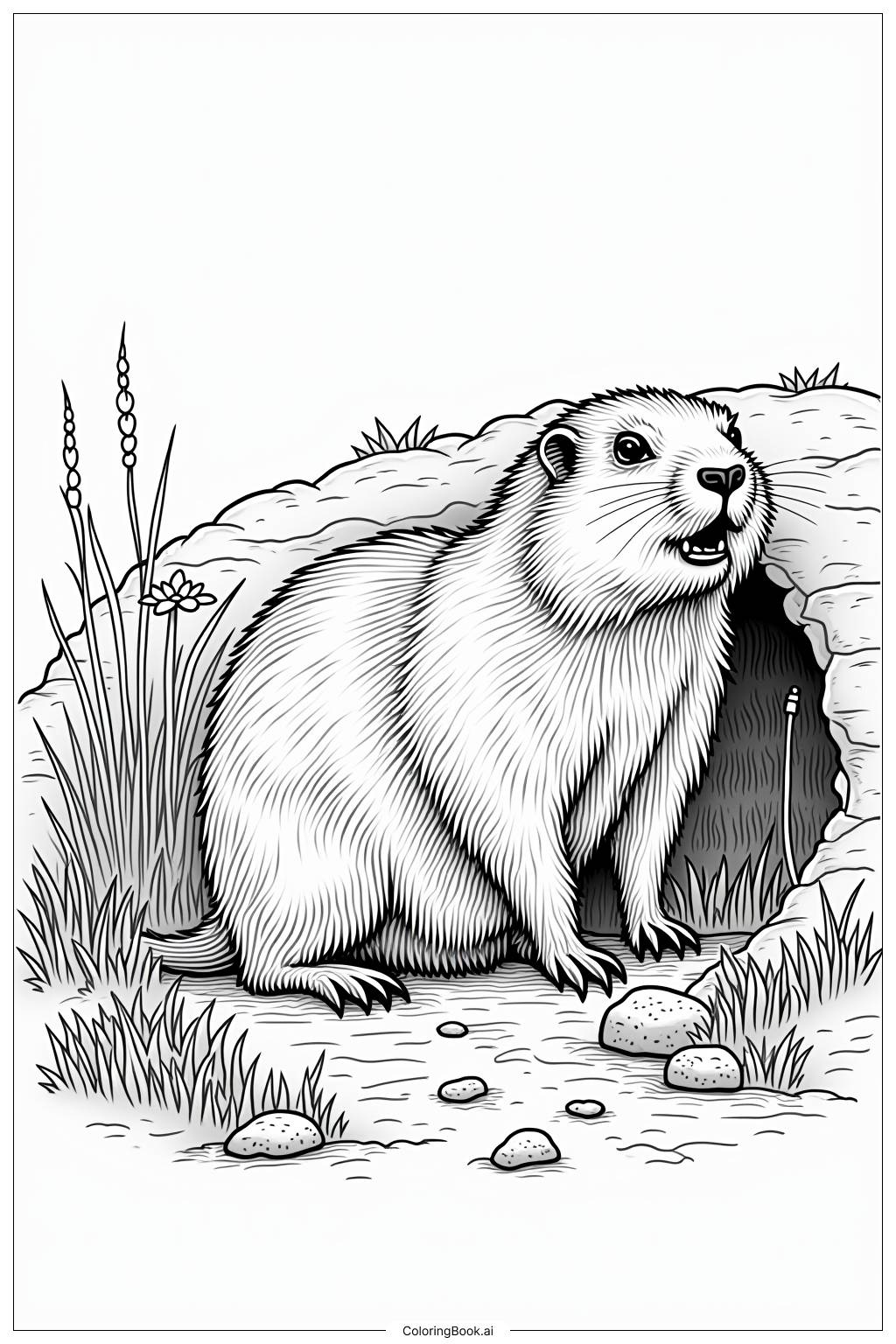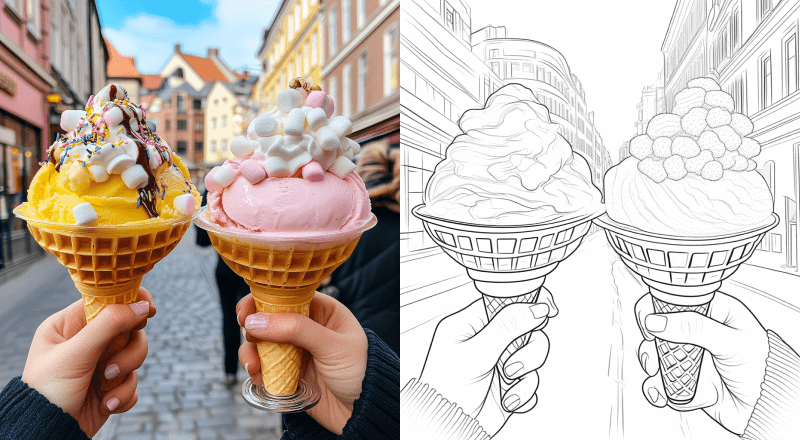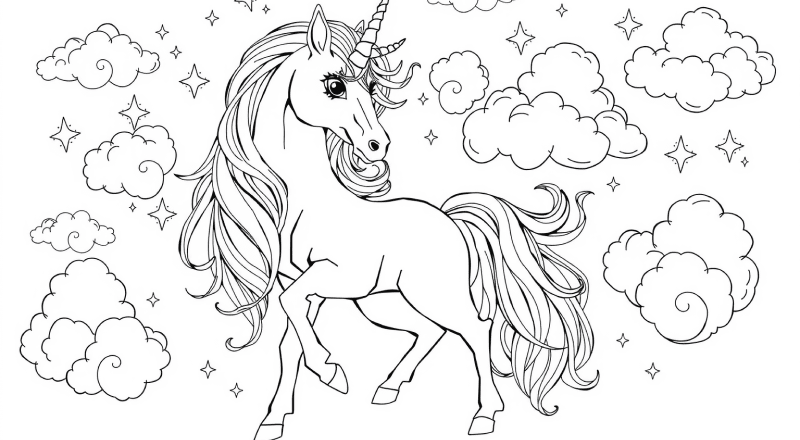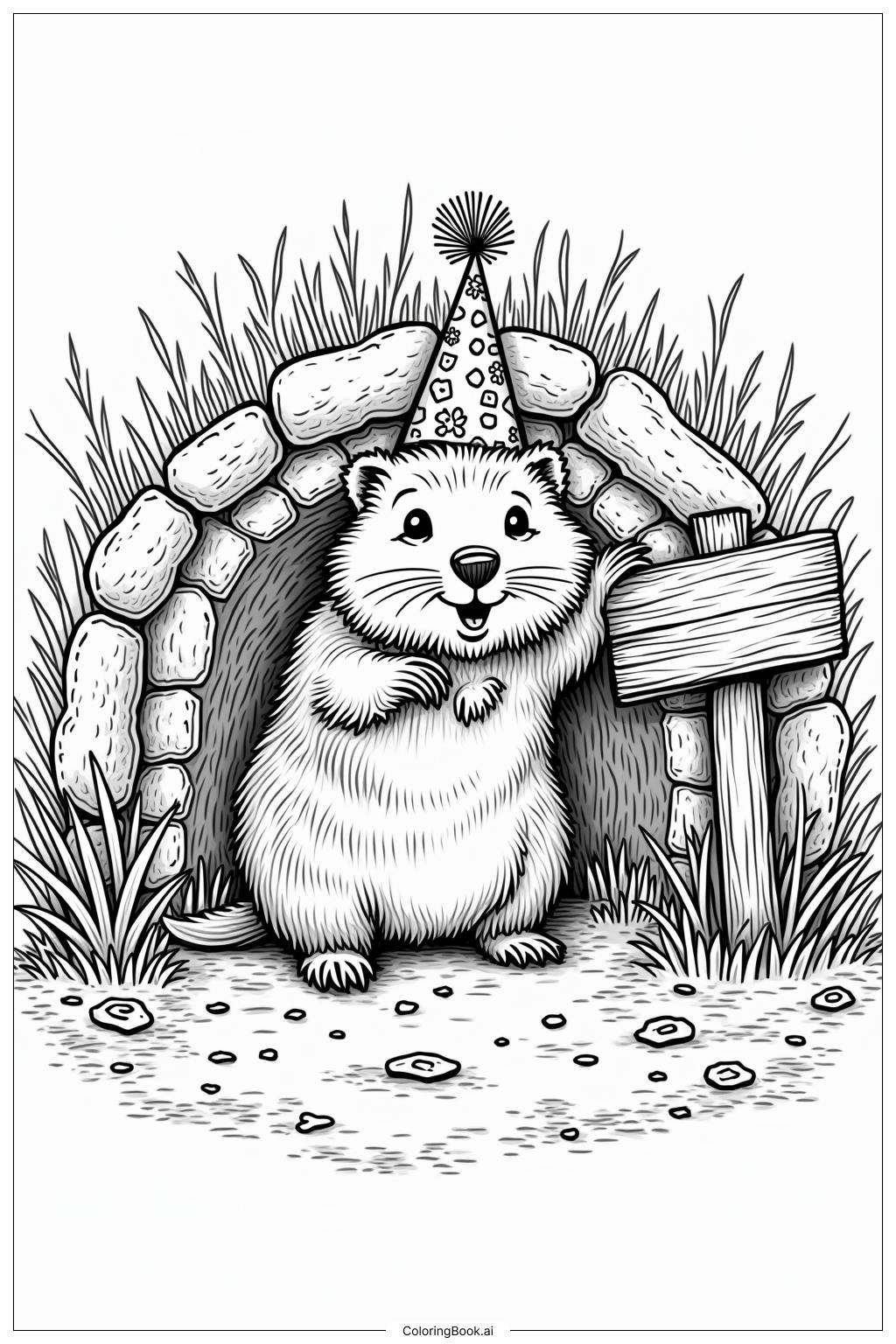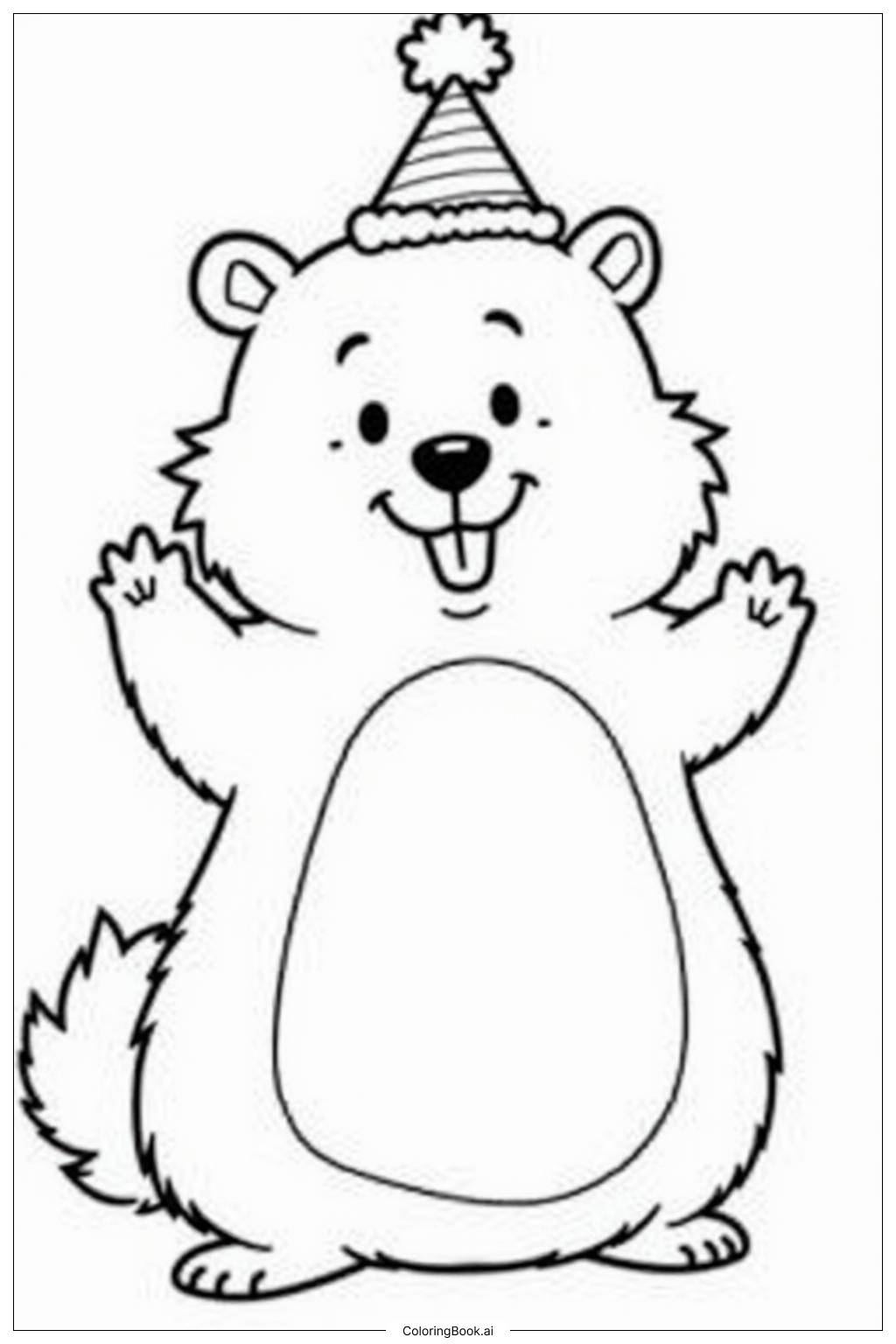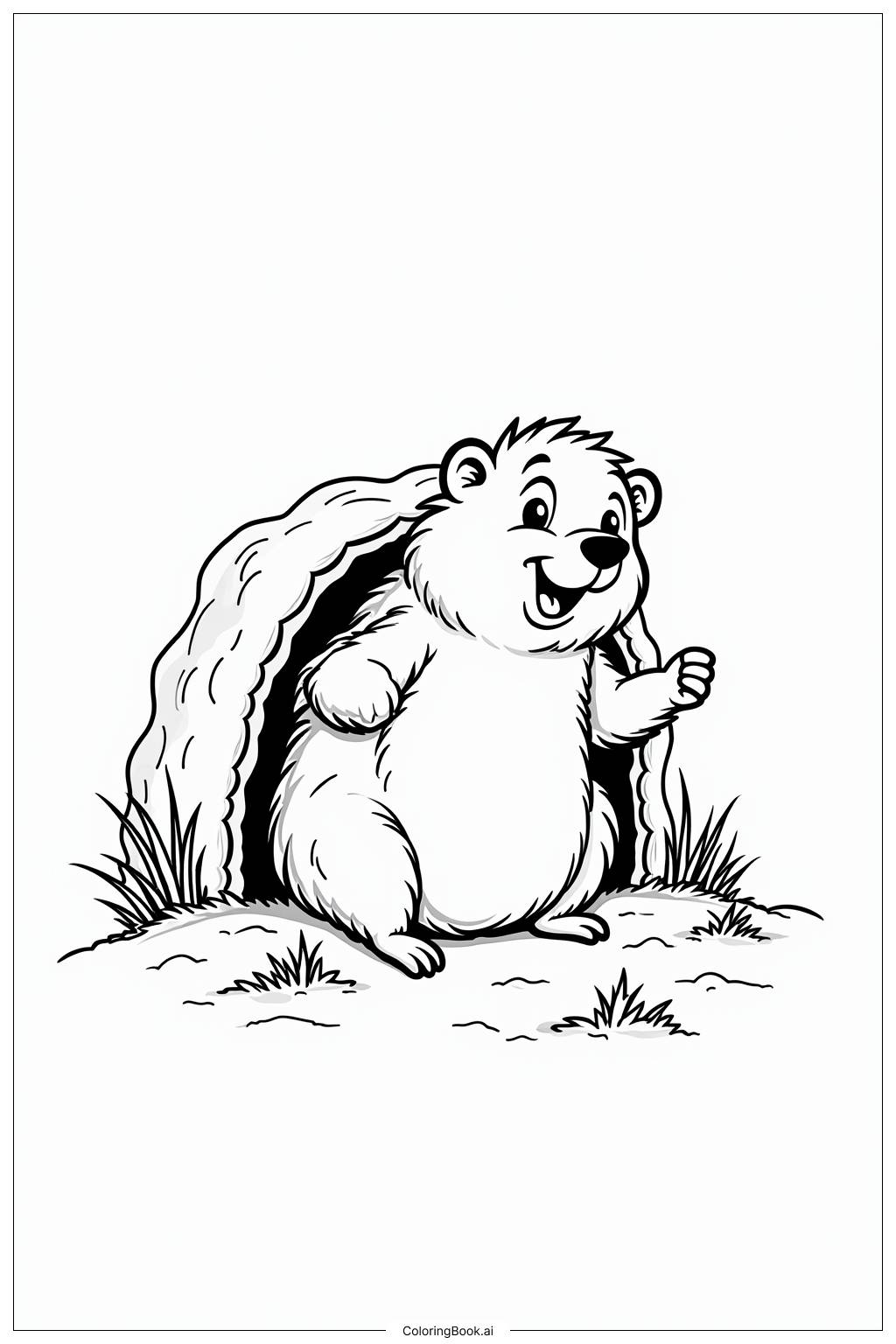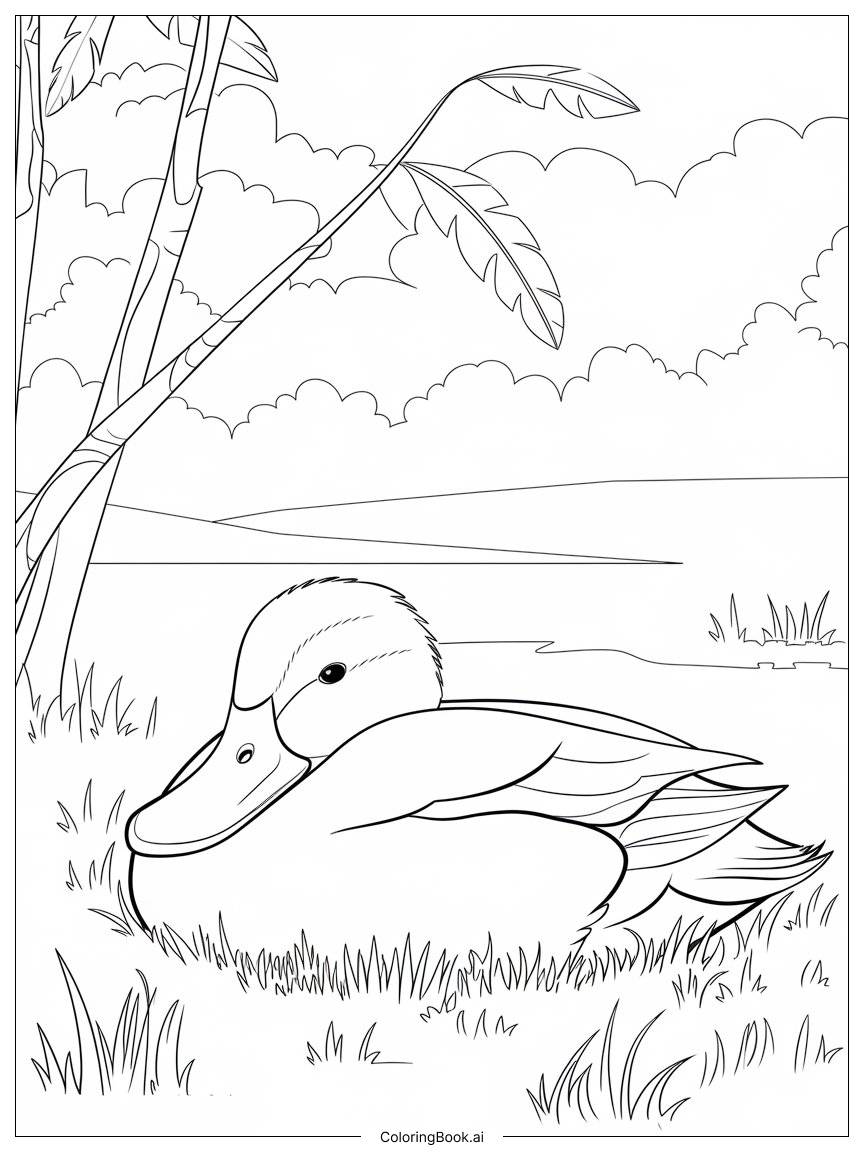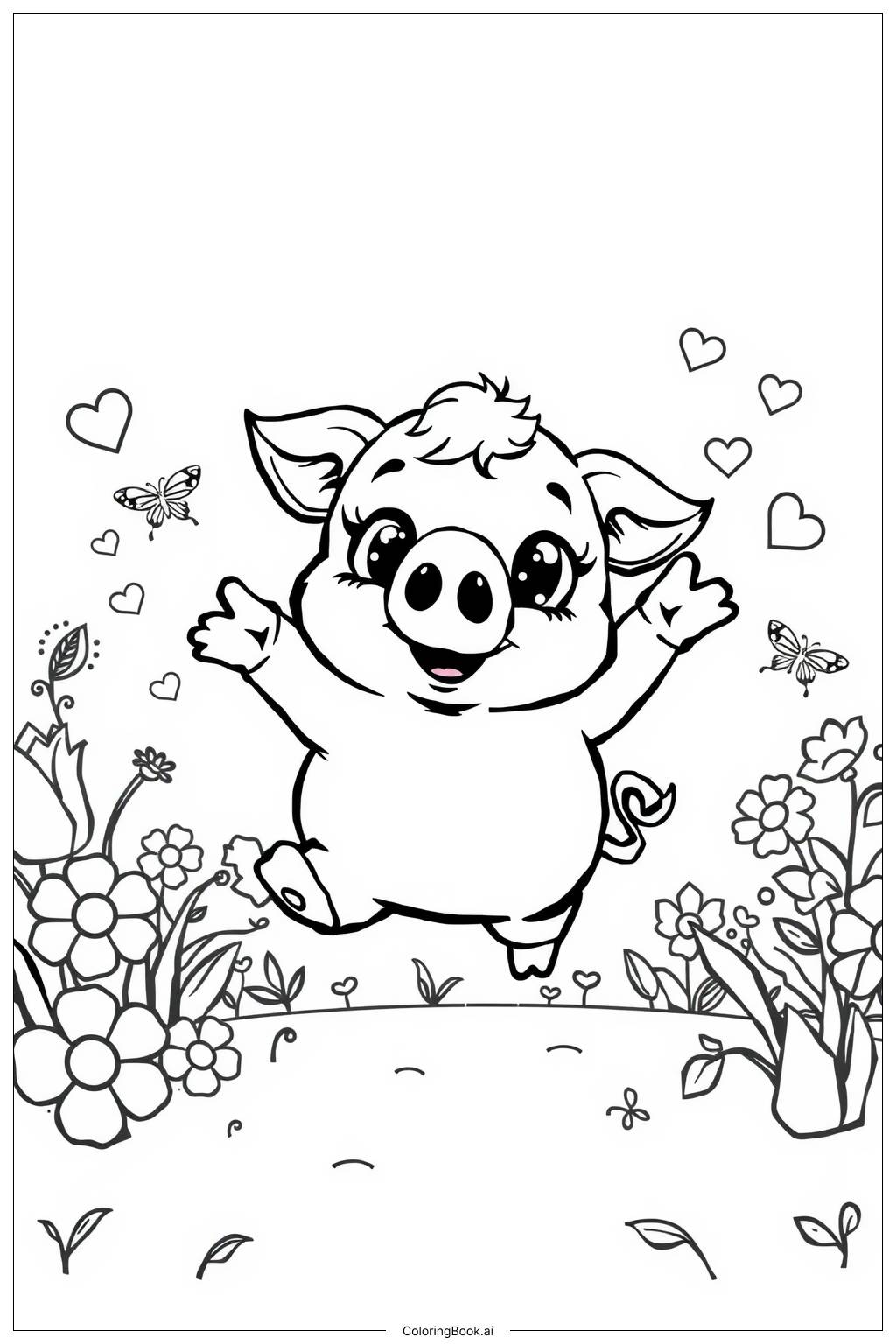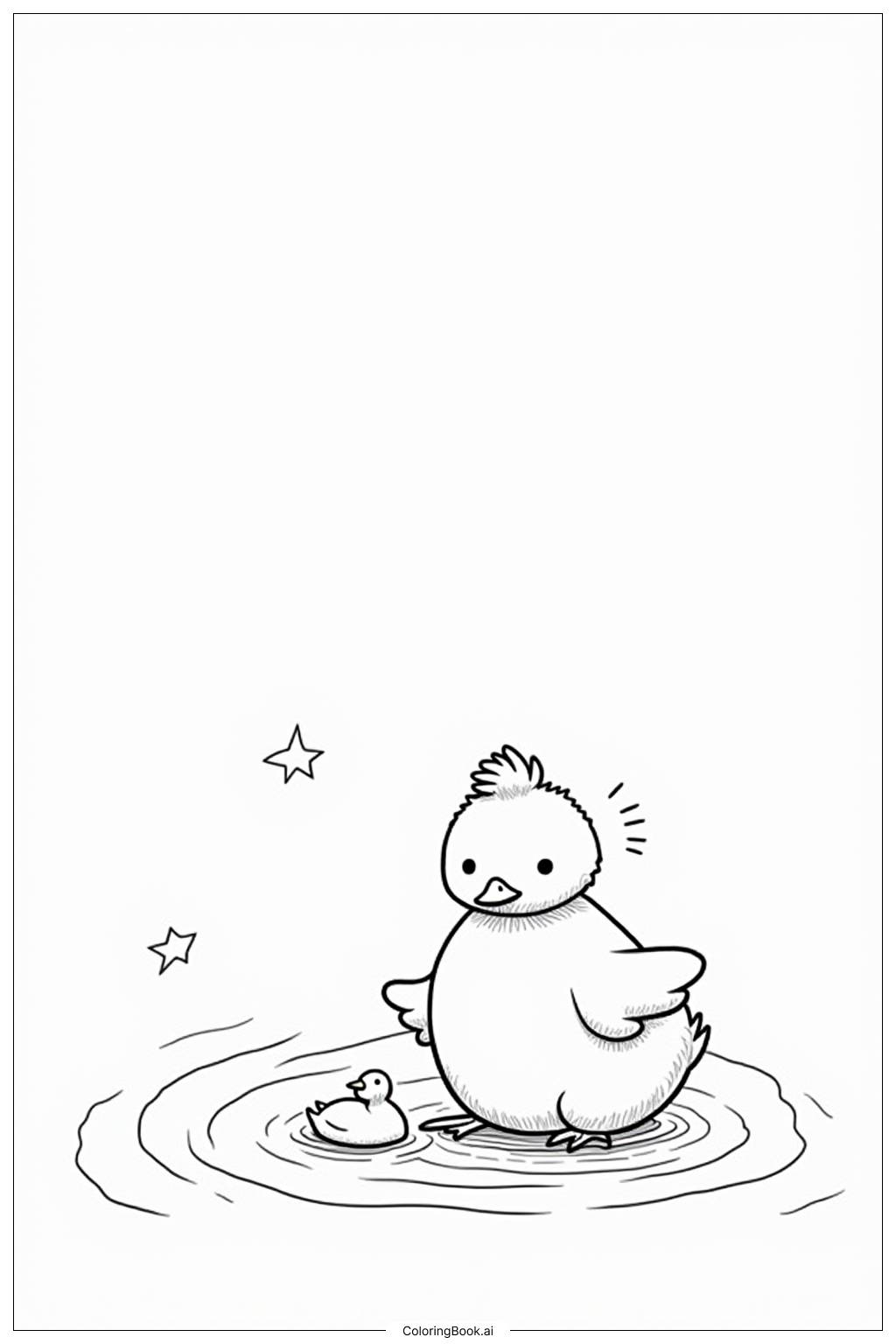Coloring tips: How to color Ground Hog Standing on Hind Legs coloring page well?
For the groundhog, consider using shades of brown and tan to mimic its natural fur. You could add lighter colors for highlights and darker shades for shadows to make it appear more three-dimensional. The grass can be colored in vibrant greens, while the flowers could be a mix of pinks, yellows, and purples. For the rocks, grays and browns will work well. Encourage creativity with the colors; kids can experiment with different shades to make their artwork unique.
Coloring challenges: Which parts are difficult to color and need attention for Ground Hog Standing on Hind Legs coloring page?
1. The fur texture of the groundhog can be tricky. To make it look realistic, use different shades to create depth. You will need to blend light and dark colors carefully. 2. The grass has varying shapes and heights. Coloring each blade can be tedious, making it tough for younger kids. They should focus on sections rather than every single detail. 3. The burrow entrance requires shading to look rounded and realistic. It might be challenging for some children to understand how to create this effect. 4. Mixing colors on flowers can be complex. It can be hard to decide which colors look best together, especially for kids who are new to coloring. 5. Lastly, ensuring even coloring on the rocks and adding any shading can be difficult for beginners, as they may need help with this detail work.
Benefits of coloring books: Advantages of drawing Ground Hog Standing on Hind Legs coloring page
Coloring this groundhog scene offers several benefits. First, it boosts creativity, allowing children to experiment with colors and patterns. They can express their artistic side while also learning about nature. Second, coloring helps develop fine motor skills. Using crayons or colored pencils strengthens hand muscles and improves coordination. Third, it can be a calming activity. Focusing on coloring can reduce stress and anxiety, providing a sense of relaxation. Lastly, discussing colors and the nature of groundhogs can enhance learning. Kids can learn about where groundhogs live, what they eat, and their role in nature while they color, making it both educational and enjoyable.
